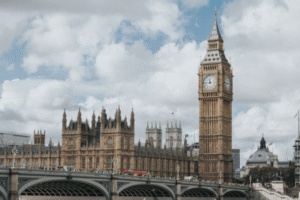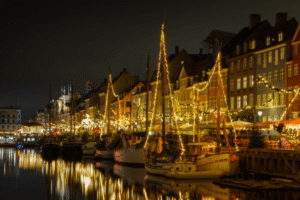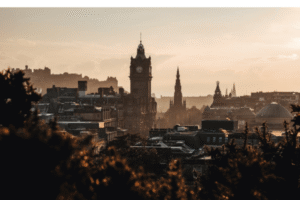What gives Norway its special pulse, and why do traditions feel so alive here? The answer begins with people who value community, open landscapes, and shared celebration. All across the country, you see proud bunad outfits during Constitution Day on 17 May. You hear folk music in town squares, and you taste dishes that connect sea and farm. Moreover, customs such as dugnad community work show how neighbors still help one another.
You also notice quiet rituals such as the matpakke packed lunch, which reflects simplicity and care. Meanwhile, outdoor life remains central, since Norwegians seek fresh air in every season. From Sami heritage in the north to saunas in the middle of a vibrant city, Oslo, every region adds color. Consequently, the country offers visitors a vivid window into identity and daily life. Continue reading to discover how these pieces form a rich cultural pattern worth experiencing in person!
Key Takeaways
- Cultural traditions in Norway blend national pride, regional identity, and a deep bond with nature.
- Constitution Day, midsummer bonfires, and Sami festivals reveal history, community, and continuity.
- Everyday customs such as dugnad and the matpakke lunch express equality, modesty, and care.
- Food, art, and outdoor life are living practices that are valued by all Norwegians.
Cuisine in Norway

Everyday Flavors
Norwegian cuisine tells a story of land and sea, and it rewards curious diners. Because the coast is long, seafood appears on many tables. Cod, salmon, and herring are common choices in homes and restaurants. Inland farms add grains, root vegetables, and dairy to daily meals. Therefore, dishes often feel simple and honest, with strong local ties.
The matpakke packed lunch is a quiet ritual of care and thrift. People assemble open sandwiches with cheese, cucumber, and cold cuts. They wrap them neatly for work or school. It is not flashy, yet it signals moderation and planning. Families also share coffee and waffles on weekends, which creates friendly pauses in busy weeks.
Festive Dishes
Fårikål, a slow-cooked mix of mutton and cabbage, holds a special place. Many call it the national dish, and families often prepare it in early autumn. Christmas tables feature regional favorites. Ribbe pork and pinnekjøtt cured lamb appear in many homes. Lutefisk divides opinion, yet it keeps family memories alive.
Bakeries bring sweet buns and cakes to celebrations. Kransekake, a festive almond ring cake, marks weddings and major holidays. Moreover, recipes for cured meats and smoked fish travel through generations. These flavors connect city apartments to mountain farms and coastal villages.
Costume and Art in Norway
Traditional Costume
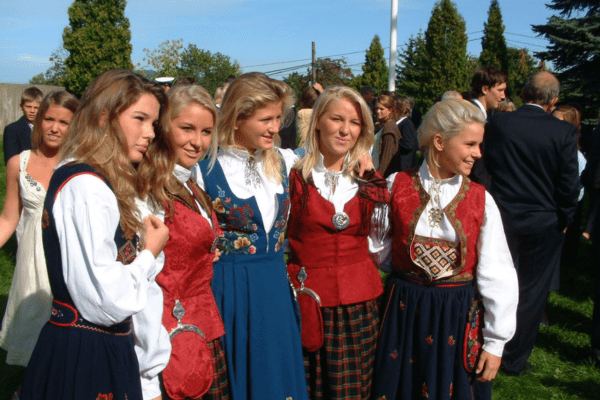
The bunad folk costume is a cherished symbol of regional pride. People wear bunads at baptisms, confirmations, weddings, and on 17 May. Each region has its own colors, embroidery, and silver adornment. Families often pass a bunad to the next generation. Therefore, a bunad is clothing, a heirloom, and a statement.
Traditional silver buttons and brooches complete the outfit. Skilled makers craft these pieces with care. The result shines in parades and family portraits. It also teaches patience and respect for detail.
Art and Music
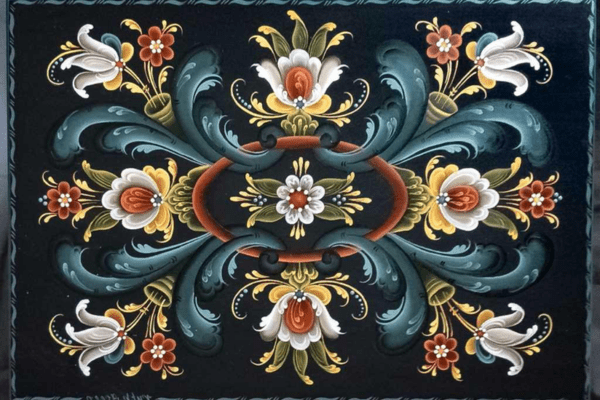
Rosemaling decorative painting turns trunks, bowls, and furniture into art. Floral forms and flowing lines vary by region, yet the themes link village to village. Wood carving and weaving remain strong as well. Rural museums and craft centers host classes and talks. Visitors learn by doing, which deepens respect for technique.
Music and dance carry emotions beyond words. The hardanger fiddle produces a rich, resonant voice. Village dances feel athletic and joyful. Modern artists blend folk themes with jazz and pop. In this way, tradition moves with the times while keeping its roots.
History and Festivals in Norway
Constitution Day
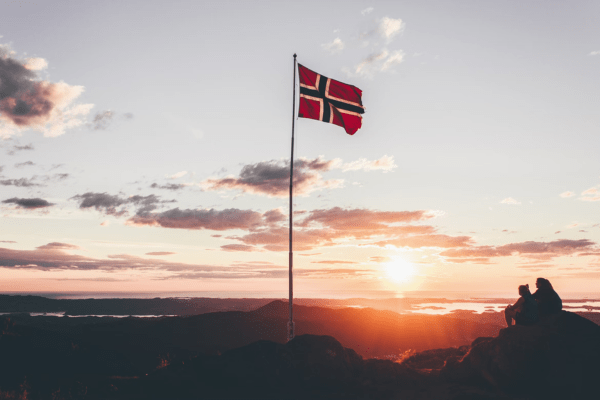
Celebrations in Norway grow from history and community spirit. Constitution Day on 17 May is the most beloved event. Children march in parades across cities and small towns. Flags wave while brass bands play bright songs. Many people wear bunads, and families gather for ice cream and hot dogs. The day honors democratic ideals and togetherness.
Midsummer Festival
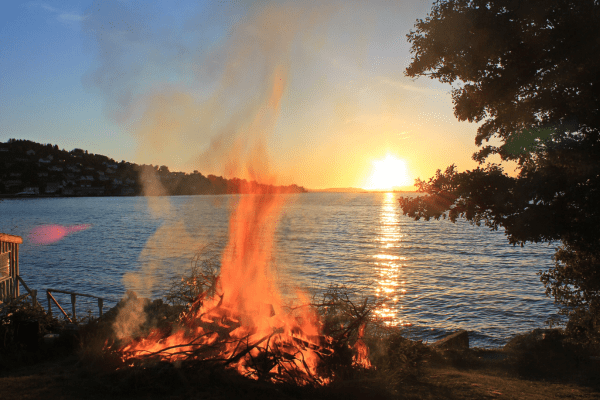
Spring turns toward midsummer, known as Sankthansaften. Communities gather by water or on hilltops to light bonfires. Friends bring food, and music joins the evening glow. Traditions differ between coast and inland, yet the feeling stays the same. It is gratitude for light, season, and shared time.
Youth Rites
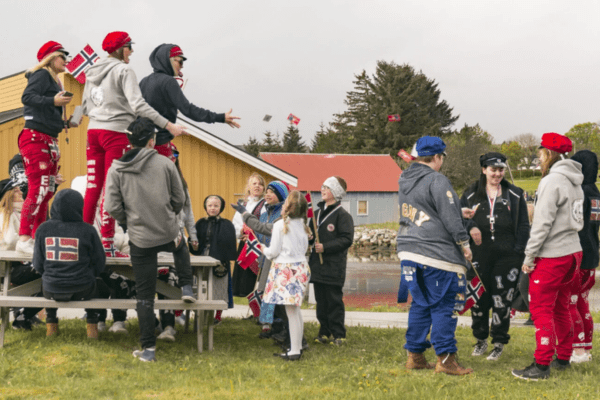
The Russ celebration marks the end of secondary school. Students wear colored overalls and take part in challenges. The rite of passage can be lively, yet it bonds classmates before new paths begin. Winter then brings Advent markets and candlelit concerts. Families decorate with spruce and pine, which creates a peaceful mood for long nights.
Nature and Lifestyle in Norway
Friluftsliv
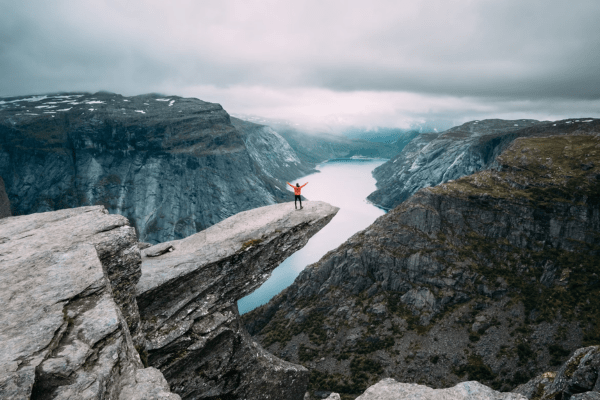
Nature is not only a scenery in Norway. It is a way of living that shapes time and friendship. The word friluftsliv translates to a life in fresh air. People hike, ski, fish, and paddle on weekends and evenings. There is even something called allemannsretten, which is the traditional right of public access to uncultivated land and waterways for travel, rest, and simple camping. Because it protects the right to roam, walkers can cross uncultivated land with care. That is how much life close to nature means to Norwegians.
Cabin Life
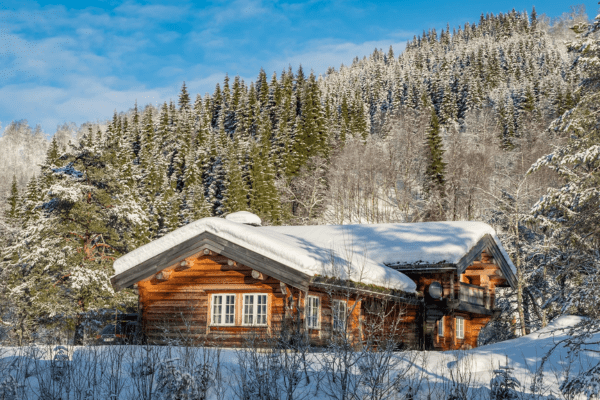
Cabin life deepens bonds with land and family. Many families own modest cabins near water or in the mountains. They cook simple meals, play cards, and read while the wind moves through the pine trees. Comfort comes from closeness to nature rather than showy things. The practice encourages a slower rhythm where talk grows.
Sámi Heritage
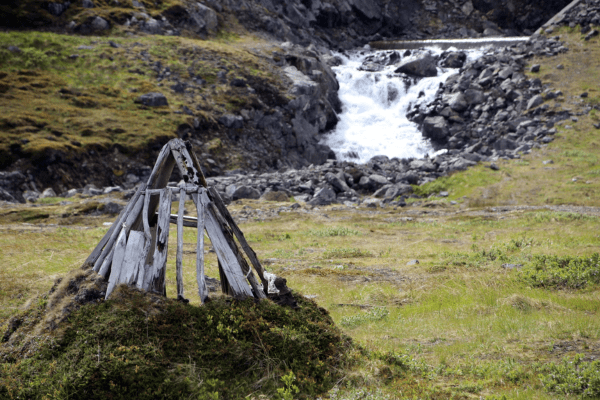
Living Culture
To understand cultural traditions in Norway, you must listen to Sámi voices. The Sámi people live across the north of Norway, Sweden, Finland, and Russia. Reindeer herding holds deep meaning for many families. It links livelihood to migration routes and seasons. Traditional dress carries bright colors and crafted belts. Each detail reflects regional and family identity.
Songs and Crafts
Music carries memory in Sámi communities. The joik is a unique form of song that evokes the essence of a person or a place. It feels personal and intimate. Contemporary artists now blend joik with modern styles, which brings the form to new listeners.
Handicrafts, known as duodji, include leatherwork, wood carving, textiles, and silver. Tools and ornaments are both useful and beautiful. They represent knowledge passed from elders to youth. Festivals in towns such as Kautokeino and Karasjok gather families, musicians, and makers. Visitors meet living culture, not only museum displays.
Etiquette and Values in Norway

Social Codes
Social rules in Norway may feel subtle. People value equality and clear talk. Titles matter less than fairness and respect. Punctuality shows care for others. Conversations begin calmly, and personal space is honored. Boasting is rare, while steady action earns trust.
Homelife and Work
Homes feel warm and simple rather than showy. Weekends often include coffee and waffles with friends. Guests remove shoes at the door. Gift giving stays modest and thoughtful. Workplaces balance autonomy and consensus. Teams discuss plans until common ground appears, then they act with focus.
Community Spirit
Community workdays known as dugnad show civic pride. Neighbors gather to clean yards and repaint fences. Schools and clubs also organize volunteer days. This habit keeps costs low and builds friendship across generations. Digital tools support the same spirit. People share tools, coordinate tasks, and reduce waste.
Conclusion
Cultural traditions in Norway unfold in many voices, and each voice invites participation. You can taste family recipes in cozy cafes. Or, you can hear the joy of children’s parades on 17 May. Maybe you can join the bonfires during the midsummer celebration. Hence, the best way to understand these customs is to join them for a while.
If you want an easy door into these moments, consider a private walking tour with Amitylux in Oslo. Friendly local guides share stories, point out hidden symbols, and connect historical moments to daily life. Small groups create a relaxed pace and an exclusive feel, so you can ask questions and take time for photos.
Frequently Asked Questions
What are Norway’s traditions?
Norway’s traditions include Constitution Day parades on 17 May, midsummer bonfires by water, and folk music in local halls. Families wear bunads during major events, and many towns host fairs, markets, and choir concerts. Everyday customs such as dugnad and the matpakke lunch also express shared values of community and care.
What is the cultural significance of Norway?
Norway’s cultural significance rests on a balance between heritage and modern life. The country honors democratic ideals and equality while celebrating regional crafts, music, and food. Moreover, nature-focused habits such as friluftsliv and the right to roam show a strong commitment to access and stewardship.
What are some special celebrations in Norway?
Special celebrations include Constitution Day on 17 May with children’s parades and flags in every town. Midsummer bonfires gather communities during the light season. Sami festivals in the north present music, markets, and reindeer events. Winter brings concerts and candlelit gatherings that create calm and connection.
What are Norwegians known for?
Norwegians are known for their love of nature, straightforward manners, and quiet warmth. They prize equality and teamwork, and they value simple pleasures such as coffee with waffles and time outdoors. Many keep family craft traditions alive and support local festivals. Visitors often remember the calm tone and steady welcome.


